Do you have a question about the Microsoft 1025 and is the answer not in the manual?
Important safety notice regarding potential health issues from device usage.
Step-by-step guide on how to install batteries correctly.
Guidance on optimal placement for wireless performance and interference avoidance.
Instructions for connecting the receiver via USB or PS/2 ports.
Procedure to verify the device's functionality and basic troubleshooting steps.
Steps to re-establish the wireless connection between device and receiver.
Information on accessing the full product manual for detailed content.
Guide to adjusting device settings using IntelliPoint software.
Where to seek assistance for technical questions about the device.
Critical precautions and guidelines for battery handling and disposal.
Details on FCC standards, compliance, and approved computer usage.
Technical details regarding radio frequency output power and channel frequencies.
Specific details related to the optical sensor and LED usage.
Official statement of compliance with relevant product standards and directives.
The legal agreement governing the use of the IntelliPoint software.
Terms and conditions related to software licensing, installation, and use.
Specific rights granted to the end-user for using the software.
Restrictions on language, media, transfer, rental, and reverse engineering.
Common terms applicable to the software license and manufacturer's warranty.
Details about the warranty period, exclusions, and limitations on manufacturer liability.
Important safety notice regarding potential health issues from device usage.
Step-by-step guide on how to install batteries correctly.
Guidance on optimal placement for wireless performance and interference avoidance.
Instructions for connecting the receiver via USB or PS/2 ports.
Procedure to verify the device's functionality and basic troubleshooting steps.
Steps to re-establish the wireless connection between device and receiver.
Information on accessing the full product manual for detailed content.
Guide to adjusting device settings using IntelliPoint software.
Where to seek assistance for technical questions about the device.
Critical precautions and guidelines for battery handling and disposal.
Details on FCC standards, compliance, and approved computer usage.
Technical details regarding radio frequency output power and channel frequencies.
Specific details related to the optical sensor and LED usage.
Official statement of compliance with relevant product standards and directives.
The legal agreement governing the use of the IntelliPoint software.
Terms and conditions related to software licensing, installation, and use.
Specific rights granted to the end-user for using the software.
Restrictions on language, media, transfer, rental, and reverse engineering.
Common terms applicable to the software license and manufacturer's warranty.
Details about the warranty period, exclusions, and limitations on manufacturer liability.
| Model | 1025 |
|---|---|
| Connectivity Technology | Wireless |
| Movement Detection Technology | Optical |
| Buttons Qty | 3 |
| Color | Black |
| Tracking Method | Optical |
| Scroll Wheel | Yes |
| Pointing Device Features | Scroll Wheel |
| Connection Type | Wireless |
| Battery Type | AA |
| Category | Mouse |
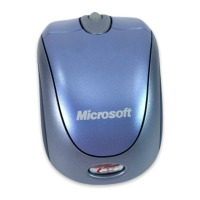

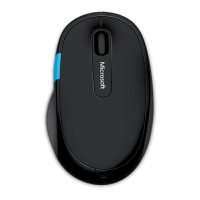
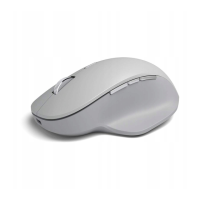
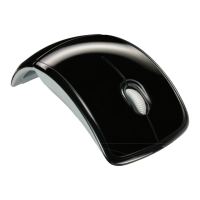
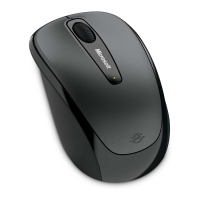
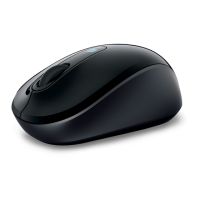
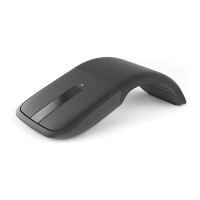
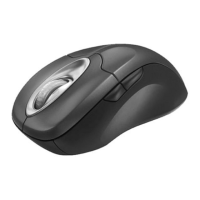
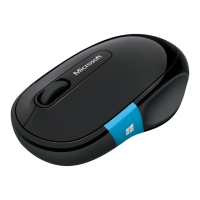
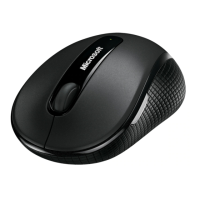
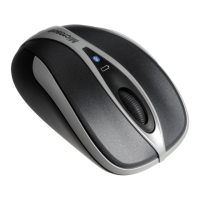
